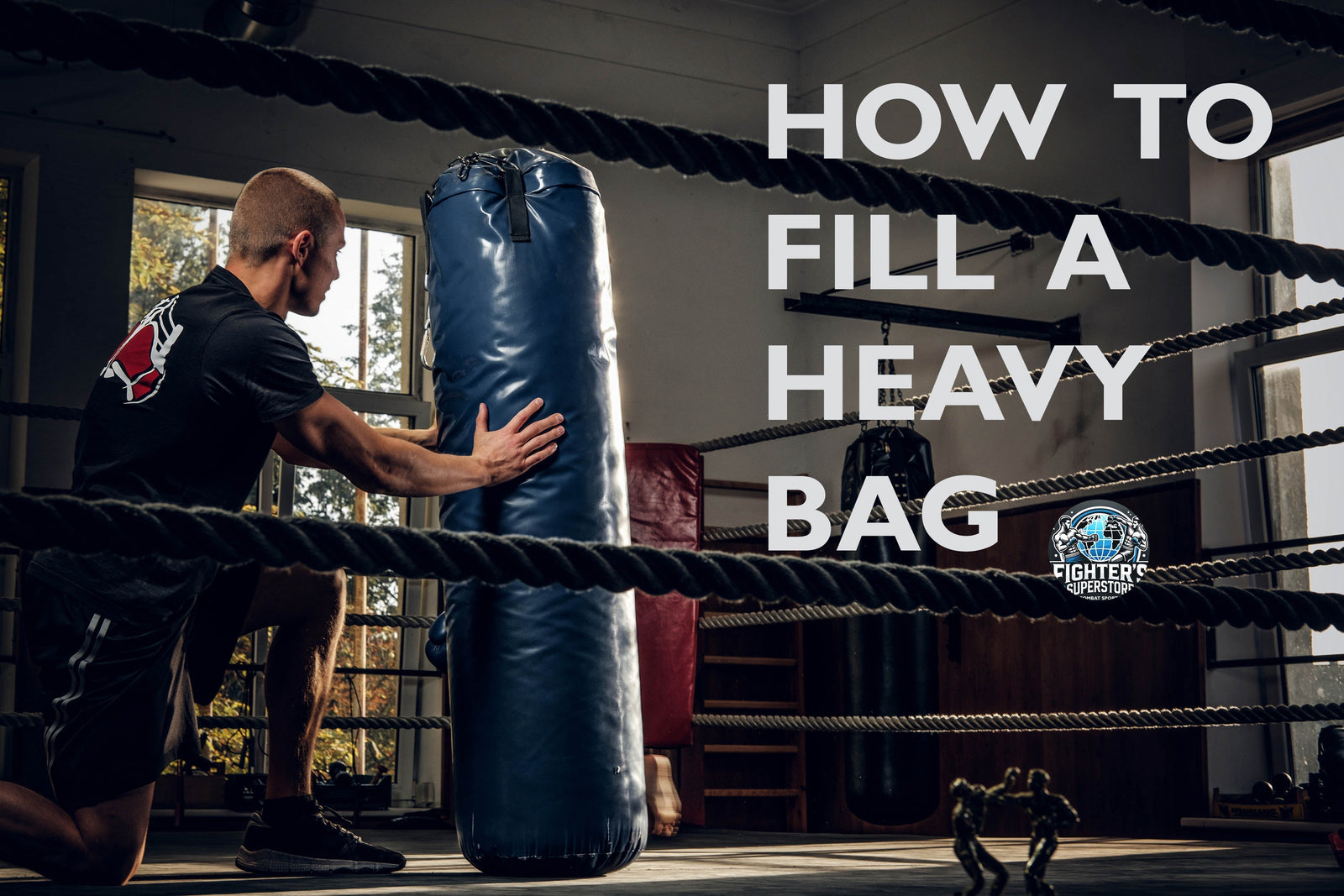If you’re a Muay Thai enthusiast, having a properly filled heavy bag is essential for effective training. A well-packed bag mimics the resistance of a real opponent, improving your strikes, endurance, and overall technique. But how do you fill a Muay Thai heavy bag correctly? This comprehensive guide answers all your questions and provides actionable steps to create the perfect heavy bag for your training needs.
What Material Do I Use to Fill a Muay Thai Heavy Bag?
The material you choose plays a crucial role in the bag’s feel and weight. Here are the most common options:
- Fabric Scraps: Old clothes, sheets, or rags are ideal for a soft yet dense fill. Cut them into small pieces to avoid lumps.
- Sand: Adds weight and firmness. Use sparingly and distribute evenly to prevent hard spots.
- Rubber Mulch or Foam Pieces: Great for maintaining consistent density and reducing impact on your joints.
- Rice or Sawdust: These materials can add weight but are less common due to their tendency to settle unevenly over time.
How Much Fabric Do I Need to Fill a Punching Bag?
The amount of fabric depends on the size of your bag:
- 4ft Bag: Around 20-30 kg of fabric.
- 5ft Bag: Approximately 30-40 kg of fabric.
- 6ft Bag: Up to 50 kg of fabric or more for a denser feel.
The goal is to achieve a balance between weight and firmness. Overfilling with fabric can make the bag too stiff, while underfilling can lead to an inconsistent shape.
How Do I Prepare the Fabric to Stuff Inside My Punching Bag?
- Cut Fabric into Strips: Shred the fabric into small, manageable pieces (around 2-4 inches). This prevents clumping and ensures even distribution.
- Wash the Fabric: If using old clothes or rags, wash them beforehand to remove dirt or odours.
- Pack Tightly: Compress the fabric as you fill the bag. Use a stick or similar tool to push the material down evenly.
How Heavy Should the Punching Bag Be?
The ideal weight depends on your training goals and skill level:
- Beginners: A bag weighing 20-30 kg is suitable for practicing form and speed.
- Intermediate/Advanced Fighters: A heavier bag (40-60 kg) provides more resistance for power and endurance training.
- General Rule: The bag should weigh about half your body weight for optimal performance.
What’s the Best Way to Fill a Muay Thai Heavy Bag?
- Start with the Base: Place a small layer of sand or rubber mulch at the bottom for stability and weight.
- Layer the Fabric: Gradually add fabric scraps in layers, compressing them tightly as you go.
- Distribute Evenly: Ensure even density throughout the bag by pushing the material into corners and sides.
- Check for Lumps: Continuously test the bag’s firmness and adjust as needed.
How Do I Increase the Weight of My Punching Bag?
If your bag feels too light, here are some tips to add weight:
- Add Sandbags: Use small, sealed plastic bags of sand. Place them in the center to avoid hard spots.
- Incorporate Rubber Mulch: This adds weight without making the bag excessively hard.
- Tighten the Fill: Open the bag and compress the fabric further to increase density.
Benefits of Filling Your Own Heavy Bag
Filling your own heavy bag allows for complete customisation, letting you tailor the weight and density to suit your training style. It is also a cost-effective solution, as you can repurpose old materials instead of buying a pre-filled bag. A well-packed bag tends to last longer and withstand intense training sessions, making it a worthwhile investment. Additionally, having the right density and weight enhances your striking technique while reducing the risk of injury, ensuring a safer and more effective workout.
Tips to Remember:
- Always use high-quality, durable outer material for the bag to prevent tears.
- Avoid overpacking with sand, as it can create uneven hardness.
- Check the bag regularly for settling and redistribute the fill if needed.
- Secure the bag properly to prevent excessive swinging during use.
- Experiment with different materials to find the perfect combination for your needs.
Filling your own Muay Thai heavy bag may take time and effort, but the benefits far outweigh the initial work. With this guide, you can create a bag that enhances your training and helps you reach your full potential.

